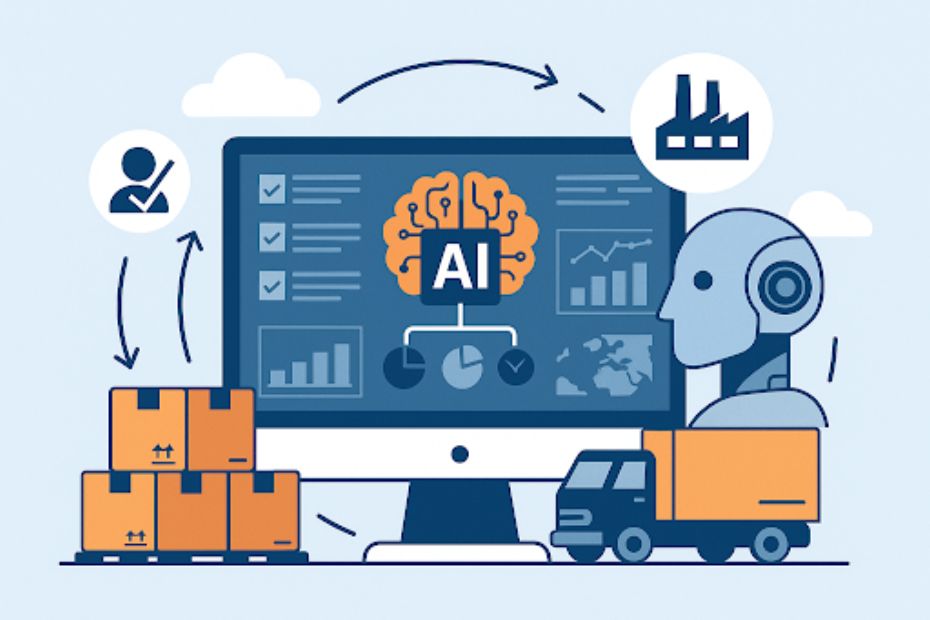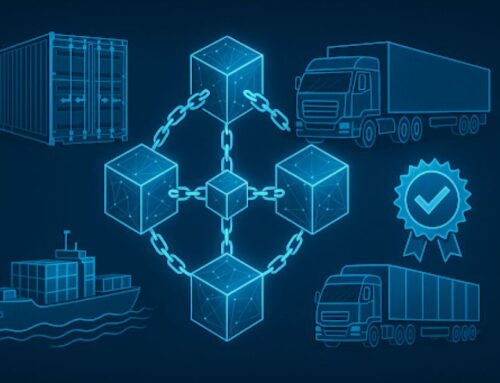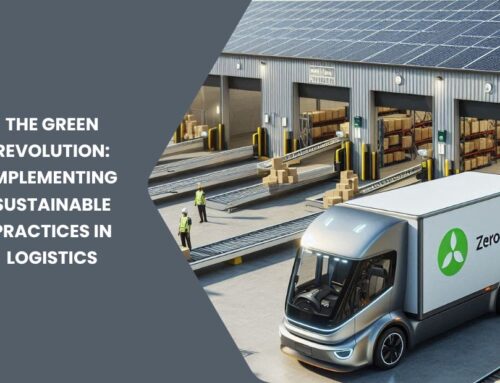If you’re running supply chain operations today, you’re not just moving goods—you’re managing a flood of unpredictable variables. That’s where machine learning comes in. By analyzing massive amounts of data in real time, it helps you forecast demand, optimize routes, reduce waste, and stay ahead of delays before they cause problems. This article walks you through how machine learning is helping you streamline operations, avoid costly inefficiencies, and stay competitive in a fast-moving industry.
Demand Forecasting Gets Smarter
When you’re working with outdated data or broad market assumptions, your demand forecast is always a gamble. Machine learning lets you work with live signals—things like sales trends, market conditions, and even weather patterns—without relying solely on past sales cycles. It pulls in external variables you wouldn’t normally account for, helping you predict shifts in demand more accurately.
This kind of precision makes a real difference in daily operations. You’re not over-ordering slow-moving inventory or running out of fast sellers. That keeps your warehouse lean and your shelves stocked with the right products. You also gain more confidence in planning promotions and managing supplier relationships, since you’re not scrambling to react after the fact.
Inventory Management Moves Faster and Costs Less
Inventory isn’t just about storing stuff—it’s about having the right amount of the right items at the right time. Machine learning automates the process of monitoring patterns and identifying inefficiencies. If a product is turning slower than expected, it flags it. If you’re running short more frequently than you should be, it adjusts reorder thresholds accordingly.
The best part? It happens without needing you to manually tweak safety stock levels or review spreadsheets. The system keeps learning with every transaction. That means fewer emergency restocks, better warehouse space utilization, and lower holding costs across your facilities. And when margins are tight, these savings add up quickly.
Smarter Routes Mean Faster Deliveries
Logistics is one of the most expensive areas in any supply chain, and small changes here can have a big impact. With machine learning, you can evaluate real-time traffic, delivery time windows, fuel costs, and historical shipping data to optimize delivery routes. You’re not just picking the shortest path—you’re choosing the smartest one based on constantly updated variables.
You also gain the ability to respond instantly to disruptions. If weather throws off one lane, or a warehouse gets bottlenecked, your system can reroute shipments or adjust loading schedules on the fly. That kind of flexibility helps you keep promises to customers without blowing up your transportation budget.
Better Supplier Decisions with Less Risk
Supplier relationships are often built on price, speed, or loyalty—but not always data. Machine learning changes that. You can now evaluate supplier performance by tracking things like lead times, defect rates, compliance incidents, or late deliveries automatically.
This lets you score suppliers objectively, not just based on your last experience or gut feel. Over time, you build a network of partners who consistently deliver. And when a new vendor enters the picture, the system can flag potential risks or opportunities based on historical data across the industry. This helps you avoid the costs of missed deadlines or poor quality without playing detective every time a shipment arrives.
Quality Control That’s Always On
Manual inspections still have a place, but they come with fatigue, inconsistency, and sometimes missed defects. When you integrate machine learning with visual inspection tools, you automate the process of spotting issues before they make it through production or packaging. These systems learn what a perfect product looks like, then flag anything that doesn’t match with pixel-level precision.
The result? Lower returns, fewer damaged goods in transit, and more consistent brand reputation. You can also use the data to identify problem areas in your production line—like whether a specific machine or batch is producing more defects—before it spirals into a larger issue. It’s quality assurance without the clipboard or guesswork.
Predictive Maintenance Saves You From Surprises
Downtime costs you—every minute your machines are offline, you’re not shipping. Machine learning tools use sensor data from equipment to predict failure before it happens. Temperature fluctuations, vibrations, and usage patterns all get monitored in real time, triggering alerts when something falls out of line.
Instead of waiting for a breakdown, you schedule a repair when it’s most convenient. That gives your maintenance team time to prepare, order parts, and avoid the overtime rush. Your equipment lasts longer, your labor costs stay predictable, and your operations run more smoothly without sudden stops.
Sustainability Without Sacrificing Speed
Reducing emissions and waste isn’t just good for the planet—it’s good for your bottom line. Machine learning helps you identify ways to make your supply chain greener without sacrificing efficiency. By analyzing route data, it can cut down on empty miles. By monitoring energy usage, it can highlight machinery that’s draining power.
You can also use it to reduce packaging waste, optimize product sizes, or better manage returns. These improvements add up—not only do you hit sustainability targets, but you also improve customer perception and often reduce costs at the same time. That’s a win across the board.
How Machine Learning Boosts Supply Chain Efficiency
- Forecasts demand with real-time data
- Optimizes inventory across locations
- Improves delivery speed and accuracy
- Flags supplier risk and quality issues
- Enables predictive equipment maintenance
- Reduces carbon emissions and waste
In Conclusion
If you’re serious about improving how your supply chain runs, machine learning isn’t optional anymore—it’s the tool that lets you operate at full speed without guessing your next move. With smarter forecasts, better route planning, real-time quality control, and predictive equipment insights, you’re not just reacting—you’re running a supply chain that anticipates problems before they happen. The more data you feed it, the smarter your system gets—and the more efficient your operation becomes.
Want to hear more about how AI and machine learning are reshaping global logistics? Listen to expert discussions and real-world insights on my podcast at SoundCloud. Stay informed, stay ahead.









